From Mesmerism to Modern Psychotherapy: The Enduring Legacy of Franz Anton Mesmer and the Importance of Empirical Validation
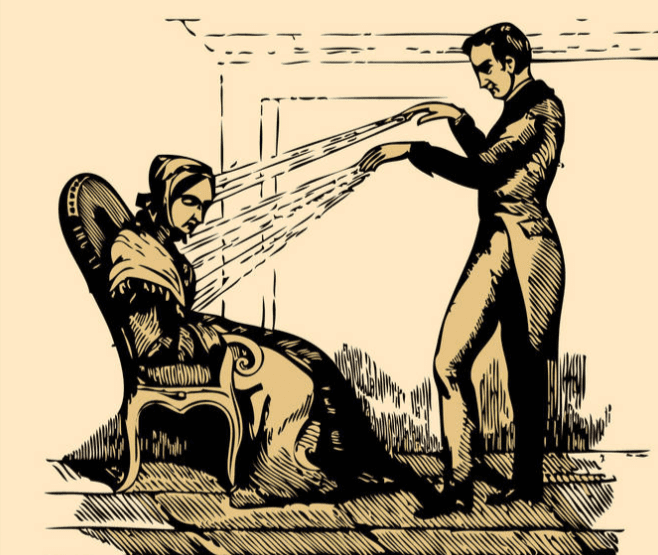 Franz Anton Mesmer, the 18th-century German physician, is often considered the father of modern hypnosis. His theory of animal magnetism, or mesmerism, posited that an invisible, universal fluid connected all living beings and could be harnessed for healing purposes. While his ideas were initially met with skepticism and ultimately discredited by a commission led by Benjamin Franklin, Mesmer’s legacy lives on in the form of hypnosis and other therapeutic techniques that have since been validated through empirical research. This article explores the enduring influence of Mesmer’s work on the field of psychotherapy, the importance of intuition in the discovery of new therapeutic approaches, and the crucial role of evidence-based practice in validating these discoveries.
Franz Anton Mesmer, the 18th-century German physician, is often considered the father of modern hypnosis. His theory of animal magnetism, or mesmerism, posited that an invisible, universal fluid connected all living beings and could be harnessed for healing purposes. While his ideas were initially met with skepticism and ultimately discredited by a commission led by Benjamin Franklin, Mesmer’s legacy lives on in the form of hypnosis and other therapeutic techniques that have since been validated through empirical research. This article explores the enduring influence of Mesmer’s work on the field of psychotherapy, the importance of intuition in the discovery of new therapeutic approaches, and the crucial role of evidence-based practice in validating these discoveries.
Mesmer and Animal Magnetism:
Mesmer believed that the key to healing lay in the manipulation of a subtle, invisible fluid he called animal magnetism. He postulated that this fluid connected all living creatures and that imbalances in its flow could lead to physical and psychological ailments. Through techniques such as hand passes and the use of magnets, Mesmer sought to restore balance and promote healing in his patients. While his theory of animal magnetism was ultimately disproven, Mesmer’s emphasis on the interconnectedness of living beings and the potential for unseen forces to influence health and well-being remains relevant to this day.
The Legacy of Mesmerism in Modern Hypnosis:
Although Mesmer’s theory of animal magnetism was discredited, his techniques laid the foundation for the development of hypnosis as a therapeutic tool. The trance-like states induced by Mesmer’s methods were later refined by practitioners such as James Braid, who coined the term “hypnotism,” and Milton Erickson, who revolutionized the field with his indirect, metaphorical approach to hypnosis. Today, medical hypnosis is a well-established and empirically-validated treatment for a wide range of conditions, from chronic pain to anxiety and depression. While the mechanisms underlying hypnosis remain a subject of ongoing research, its effectiveness as a therapeutic intervention is well-documented.
Intuition and Discovery in Psychotherapy:
The history of psychotherapy is replete with examples of groundbreaking techniques and theories that emerged from the intuition and clinical experience of practitioners. Mesmer’s animal magnetism, Freud’s psychoanalysis, and Erickson’s strategic therapy all originated from the insights and observations of individuals who were attuned to the subtle dynamics of the human psyche. While these approaches were not initially grounded in empirical evidence, they laid the foundation for future research and validation. The role of intuition in the discovery of new therapeutic techniques cannot be overstated, as it often provides the spark that ignites scientific inquiry and leads to the development of evidence-based practices.
The Unseen Forces in Hypnosis: Mesmer’s Intuitive Insights:
While Mesmer’s theory of animal magnetism was ultimately discredited, his intuition about the existence of unseen forces in the healing process was not entirely misguided. Modern research has revealed several subtle, yet powerful, mechanisms at work in hypnosis that echo Mesmer’s original insights. One such mechanism is the role of the therapeutic relationship in facilitating hypnotic states and promoting positive outcomes. The rapport and trust established between the therapist and client create a context in which suggestions and interventions are more readily accepted and integrated. This relational dynamic, which operates largely outside of conscious awareness, bears a striking resemblance to Mesmer’s notion of an invisible, connecting fluid.
Another unseen force in hypnosis that aligns with Mesmer’s intuition is the power of unconscious communication. Recent research on mirror neurons has shown that humans are wired to detect and respond to the emotional states and intentions of others, often without conscious awareness. In the context of hypnosis, this neural resonance allows the therapist to implicitly communicate safety, confidence, and positive expectations, which can enhance the client’s responsiveness to suggestions and facilitate therapeutic change. The nonverbal, unconscious transmission of information between therapist and client is reminiscent of Mesmer’s concept of animal magnetism, albeit grounded in a more scientifically rigorous understanding of interpersonal neurobiology.
Finally, Mesmer’s emphasis on the interconnectedness of mind and body finds support in the growing field of psychoneuroimmunology, which explores the bidirectional pathways between the brain, behavior, and the immune system. Hypnosis has been shown to modulate immune function, pain perception, and other physiological processes, demonstrating the power of mental states to influence bodily functions. While the mechanisms underlying these effects are more complex than Mesmer’s theory of animal magnetism, his intuition about the unity of mind and body and the potential for psychological interventions to promote physical healing was ahead of its time.
The Importance of Empirical Validation:
While intuition may be the wellspring of therapeutic innovation, the importance of subjecting new techniques to rigorous empirical testing cannot be overstated. The history of psychotherapy is littered with approaches that, while initially promising, failed to withstand scientific scrutiny. The role of evidence-based practice is to separate the wheat from the chaff, to validate those techniques that are truly effective and to discard those that are not. By subjecting therapeutic approaches to controlled trials and other forms of empirical testing, researchers can determine whether the observed benefits are due to the specific techniques employed or to other factors, such as the placebo effect or the therapist’s own biases and expectations.
The Enduring Relevance of Mesmer’s Legacy:
While Mesmer’s theory of animal magnetism may have been discredited, his emphasis on the interconnectedness of living beings and the potential for unseen forces to influence health and well-being remains relevant to this day. Recent research on mirror neurons, for example, has shed light on the ways in which humans unconsciously attune to and synchronize with the emotional states of others. This “neural resonance” may play a key role in the therapeutic relationship, facilitating empathy, rapport, and the co-regulation of emotional states. In this sense, Mesmer’s intuition about the existence of an invisible, connecting force may have been prescient, even if his explanation for it was ultimately incorrect.
Checkerd Legacy of Mesmer
The legacy of Franz Anton Mesmer and his theory of animal magnetism continues to reverberate through the field of psychotherapy. While his ideas were initially met with skepticism and ultimately discredited, the techniques he pioneered laid the foundation for the development of hypnosis and other empirically-validated therapeutic approaches. Mesmer’s story also highlights the importance of intuition in the discovery of new therapeutic techniques, as well as the crucial role of evidence-based practice in validating these discoveries. As we continue to explore the frontiers of psychotherapy, let us remember the lessons of Mesmer’s legacy: that the human psyche is a vast and mysterious landscape, that the therapeutic relationship is a powerful catalyst for change, and that the path to effective treatment is paved with equal parts intuition and empirical rigor.
Let Alan Rickman Mesmerize You:
Bibliography:
- Bloch, S. (2019). The art and science of psychotherapy. Routledge.
- Crabtree, A. (2019). Animal Magnetism, Early Hypnotism, and Psychical Research, 1766-1925: An Annotated Bibliography. White Cross Press.
- Ellenberger, H. F. (1970). The discovery of the unconscious: The history and evolution of dynamic psychiatry. Basic Books.
- Erickson, M. H., & Rossi, E. L. (1979). Hypnotherapy: An exploratory casebook. Irvington Publishers.
- Forrest, D. V. (1999). Hypnotism: A history. Penguin Books.
- Gallese, V., & Goldman, A. (1998). Mirror neurons and the simulation theory of mind-reading. Trends in Cognitive Sciences, 2(12), 493-501.
- Gauld, A. (1995). A history of hypnotism. Cambridge University Press.
- Goldberg, E. (2019). The brain in search of itself: Santiago Ramón y Cajal and the story of the neuron. Farrar, Straus and Giroux.
- Hammond, D. C. (2015). Handbook of Medical and Psychological Hypnosis: Foundations, Applications, and Professional Issues. Springer Publishing Company.
- Iacoboni, M. (2009). Imitation, empathy, and mirror neurons. Annual Review of Psychology, 60, 653-670.
- Lynn, S. J., Kirsch, I., Terhune, D. B., & Green, J. P. (2020). Myths and misconceptions about hypnosis and suggestion: Separating fact and fiction. Applied Cognitive Psychology, 34(6), 1253-1264.
- Mesmer, F. A. (1779). Mémoire sur la découverte du magnétisme animal. Didot.
- Peter, B. (2018). 225 years of mesmerism: From Mesmer to modern hypnosis. International Journal of Clinical and Experimental Hypnosis, 66(4), 419-445.
- Pintar, J., & Lynn, S. J. (2008). Hypnosis: A brief history. John Wiley & Sons.
- Rossi, E. L., & Rossi, K. L. (2006). The neuroscience of observing consciousness & mirror neurons in therapeutic hypnosis. American Journal of Clinical Hypnosis, 48(4), 263-278.
- Roudinesco, E. (2016). Freud: In his time and ours. Harvard University Press.
- Schott, H. (1985). The history of mesmerism in Germany from its beginnings until the year 1800. Sudhoffs Archiv, 69(1), 61-82.
- Spiegel, H., & Spiegel, D. (2004). Trance and treatment: Clinical uses of hypnosis. American Psychiatric Publishing.
- Wampold, B. E. (2015). How important are the common factors in psychotherapy? An update. World Psychiatry, 14(3), 270-277.
- Yapko, M. D. (2012). Trancework: An introduction to the practice of clinical hypnosis (4th ed.). Routledge.








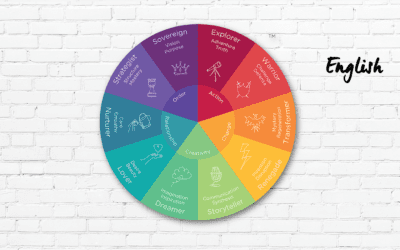
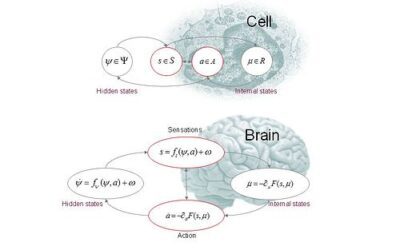
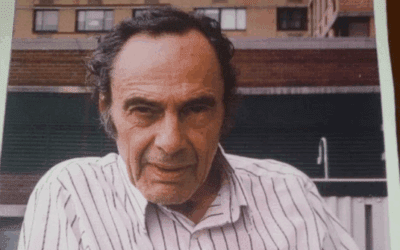


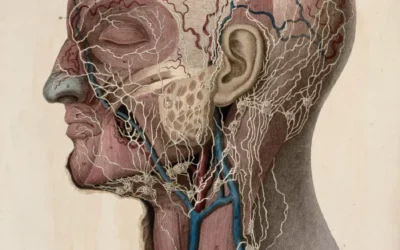

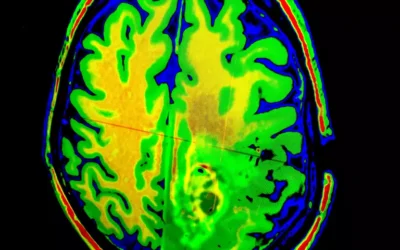
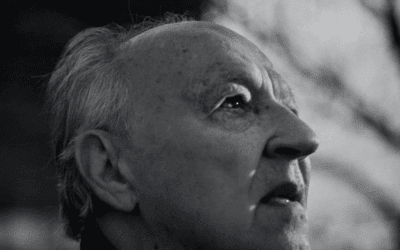





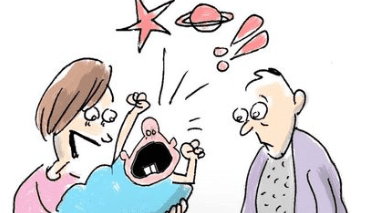
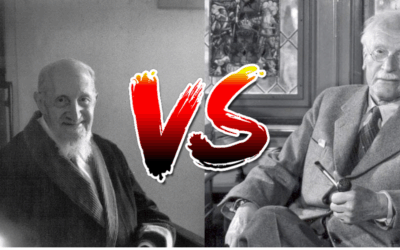



0 Comments